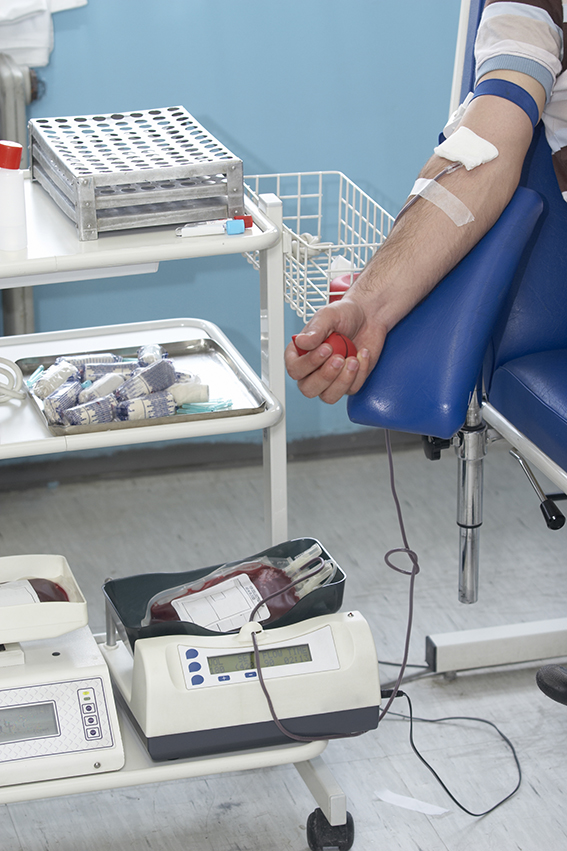It’s the new year and you’re ready for a fresh start. It’s going to be a productive year of exercising more, eating better and accomplishing all of those things you’ve dreamed of.
You’re determined that this year will be different. You’re motivated to being healthier and happier in 2014. Now you just need to get it all organized to keep the momentum going.
According to professional organizers, making changes in your life or environment elevates your outlook. It makes you feel wonderful and excited for even more positive changes in your life. And it’s not just organizing your physical surroundings that makes you feel better. Experts agree that feeling happy is just one positive benefit of accomplishing your goal of getting back in shape. That’s especially important considering losing weight is the top New Year’s resolution.
So, we’ve picked 5 apps to help you organize yourself and keep plugging away at those resolutions all year long.
Evernote – If you need help organizing anything, Evernote will be there to assist you. Easy to use, this app is helpful in keeping track of things to do, recording your verbal lists or helping you plan out a schedule. It also lets you sync your notes between your digital devices and computer.
Beep Me – We all need a little reminder to stay on track. Beep Me will remind you to go to the gym or when to have that mid-afternoon protein snack to keep your metabolism revved up. This app features options to notify you on a one-time-only basis or repeat as often as you need it – daily, weekly, monthly or whatever you need.
Sticky Notes – If you are one of those persons who likes to jot down their to-do list on a little yellow pad – or any color for that matter – then Sticky Notes will be an easy transition to use on your digital device. This app allows you to choose your favorite color or font – just like if you were writing the note. Plus it lets you dictate the notes with your voice. And you save paper.
RescueTime – Besides the actual work you perform on a digital device, personal email, social media and playlists can devour hours of your day without even realizing it. RescueTime records how much time you spend on everything from spreadsheets to watching cute videos online. Every time you switch to a new window, RescueTime resets its clock and keeps a running total all day. Now you can see how you spent – or rather wasted – so much time not working toward your resolutions.
Habits Pro – This app helps you become the super organized and focused person that you’ve always dreamed of being. If there’s anything you want to keep track of – from how many days you work your biceps to how much water you drink each day – Habits Pro gives you unlimited category screens to personally organize your habits. It lets you keep track of your weight, daily reminders, tasks, workouts – you name it.
With so many apps out there, give one of these a try – or find one that fits your needs – to help you stay positively motived on your path to happiness and success in the new year.
Sources:
http://kfor.com/2013/12/30/new-years-resolutions-you-can-actually-accomplish-to-be-healthier/









